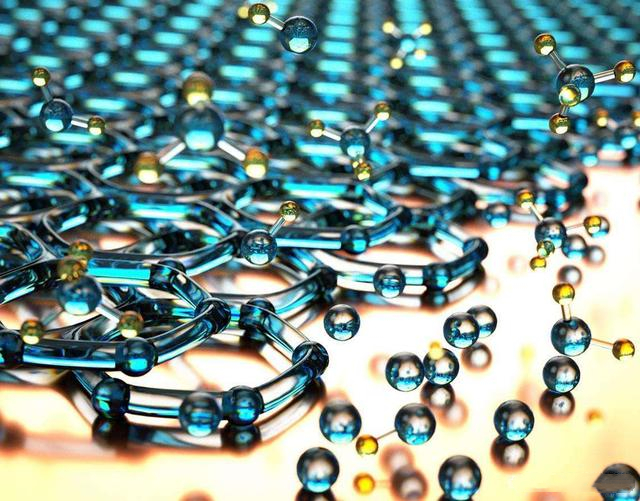Applications of graphene in biology
Graphene is a new material in which carbon atoms connected by sp hybrids are closely packed into a single-layer two-dimensional honeycomb lattice structure. Graphene has excellent optical, electrical, and mechanical properties, and has important application prospects in materials science, micro-nano processing, energy, biomedicine, and drug delivery. It is considered a revolutionary material in the future.

It is well known that carbon is the life element of the human body, and graphene is the thinnest single-layer carbon atom. After entering the human body, it can be connected with a "pop" before the immune system can react. Soon! Thereby establishing a strong connection with the human body.
The implantation of graphene carboxyl ions can make the surface of graphene have active functional groups, which greatly improves the cell and biological reactivity of the material, which is very suitable for the research of biological materials.
In addition, the gauze-like graphene is easy to be doped and chemically modified, and it is easier to accept functional groups, such as the implantation of carboxyl ions, which can make the surface of graphene have active functional groups and greatly improve the cell and biological reactivity of the material. It can be applied to countless medical methods such as artificial organs and biological drugs.
It is believed that in the near future, human tissues and even organs made of graphene will be widely used in the medical field, thereby reducing the disability or death of patients due to a certain organ failure.
High quality graphene manufacturer
If you need graphene powder, please feel free to contact: sales@graphite-corp.com







